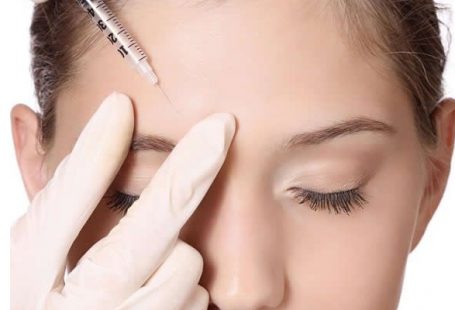
Here are some pro tips. Tips for the professionals who are doing botulinum toxin injections. These are advanced tips and not necessarily make sense if you don’t have a good background in Dystonia and use of botulinum toxin injections. So be mindful of that. So these are things mostly that were new to me.
Blepharospasm:

Itis a focal dystonia, and treatment of choice botulinum toxin injection.
There are no other drugs that have shown benefit in blepharospasm treatment.
However there is no evidence based algorithm on what treatment or injection paradigm to use for botulinum toxin injection.
There was an interesting study by Cakmur who compared the pre-orbital injections (injections around the eye) versus pre-tarsal injections (on the eyelid) and found that the pretarsal injections was enough alone to relieve the spasm of blepharospasm in their patient.
They also found that if you do injections closer to the eyelid margins on the pre-tarsal injection, then they will have a higher risk of side effects such as blepharitis or weaknesses.
Lingual and oromandibular dystonia:

A fix dystonia may not be dystonia at all. It maybe orthopedic problem.
There is usually involvement of other areas so oromandibular dystonia and lingual dystonia is usually part of a segment dystonia or generalize dystonia so pay extra attention looking for other area involvement.
There is a severity rating scale that you can use for oromandibular and lingual dystonia.
There’s also a dystonia questionnaire that you can use for scoring the severity of dystonia and looking for response objectively.
There is no randomized controlled trial for any of these to the dystonias and there is no clear evidence.
There are two class II papers. One was 2010 for bruxism and the one from 1987 from Jankovic; looking at the oromandibular dystonia and it provides a level C evidence.
There’s also a some role of orthodontic prosthesis to be used for oromandibular dystonia.
Limb Dystonia:
They are usually less common than other dystonia
Writer cramp onset Median age is usually age 45.
Incidence is 2.7/million while prevalence is 68.9/100000 so more common.
Most common cause in upper limb dystonia for primary dystonia is writer’s cramp or focal limb dystonia
For secondary causes in upper limb dystonia is usually stroke, Cerebral palsy, Parkinson disease and CBGD (corticobasal ganglionic degeneration).
For lower limb dystonia most common cause for primary dystonia would be DYT1 and Dopamine responsive dystonia DYT5.
The most common secondary causes for lower limb dystonia would be strokes, cerebral palsy and Parkinson’s disease.
I would have a lower threshold for doing an MRI for limb dystonia because of the higher incidence of secondary causes.
Medications such as Artane or Trihexyphenidyl provide at best modest benefit in adults and more effective in children.
A baseline physical therapy occupation therapy assessment for limb dystonia as both upper and lower limb, can help with the injections plan and follow up on treatment response. So good we have a partner who can work with you on that.




